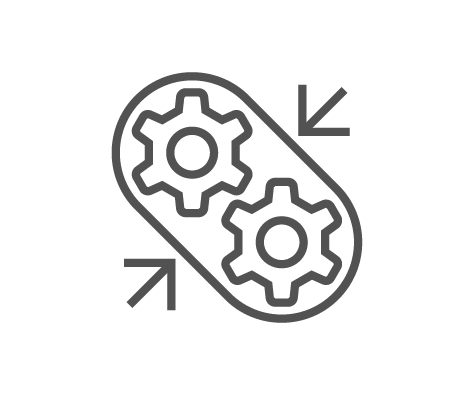It’s not often that the opportunity arises to reinvent the wheel. In this case, it was prompted by academic research in the US which was concerned that lighter wheels, with less gyroscopic effect, would lead to more instability. In their work, they lighted upon the benefits of the reverse; a wheel with additional gyroscopic effect induces the steering response necessary to restore balance to the bicycle.
In self-balancing the bike, such a wheel is a far more effective training tool than the traditional stabilisers, since it teaches the appropriate steering reflex in the rider. It can also provide longer-term assistance to people with balance impairments such as Dyspraxia and Labyrinthitis and conditions affecting coordination such as Erb’s Palsy or benign MS. European governments have expressed interest that it could help people to cycle longer into their old age, helping to maintain an active lifestyle.

PDD was enlisted by a crowd-funded start-up company to rescue it from two failed attempts to design the product. With our mechanical, structural and commercial experience, we established some alternative ground-rules and developed a viable build architecture, kinematically feasible geometry and an energy-efficient drive-train. We produced models and prototypes that operated to demanding performance and life targets.
These were tested with 8-10 year old’s with physical impairments who were then able to ride a bike for the first time in their lives. Our Creative Director was also able to teach his son to ride a bike in less than 30 minutes.
We detailed our new design and patented its inventions which were then licensed to a bike manufacturer for manufacture.















